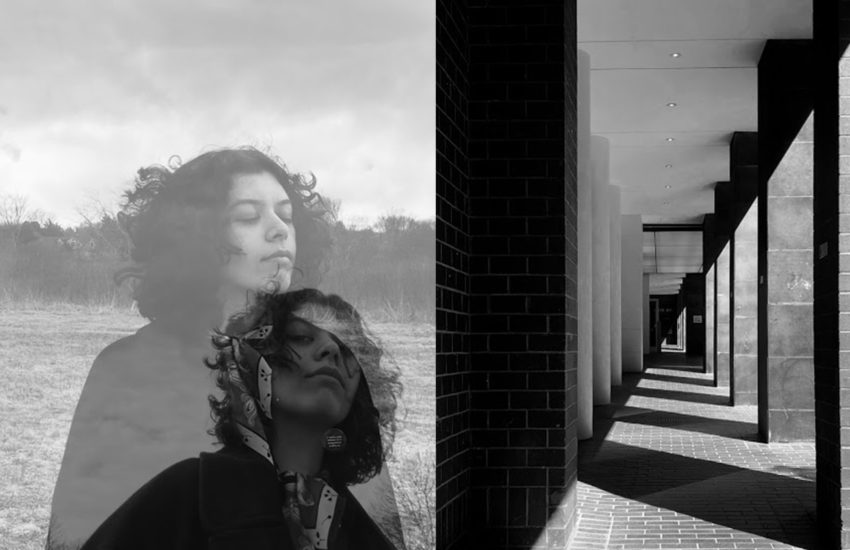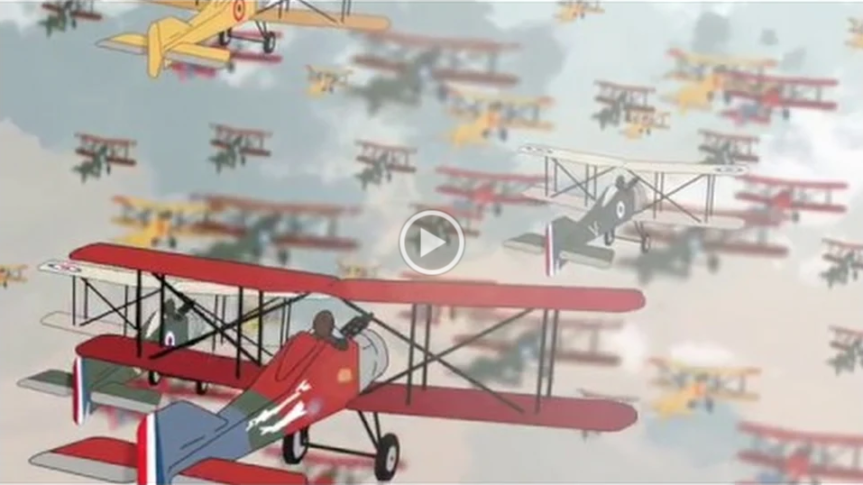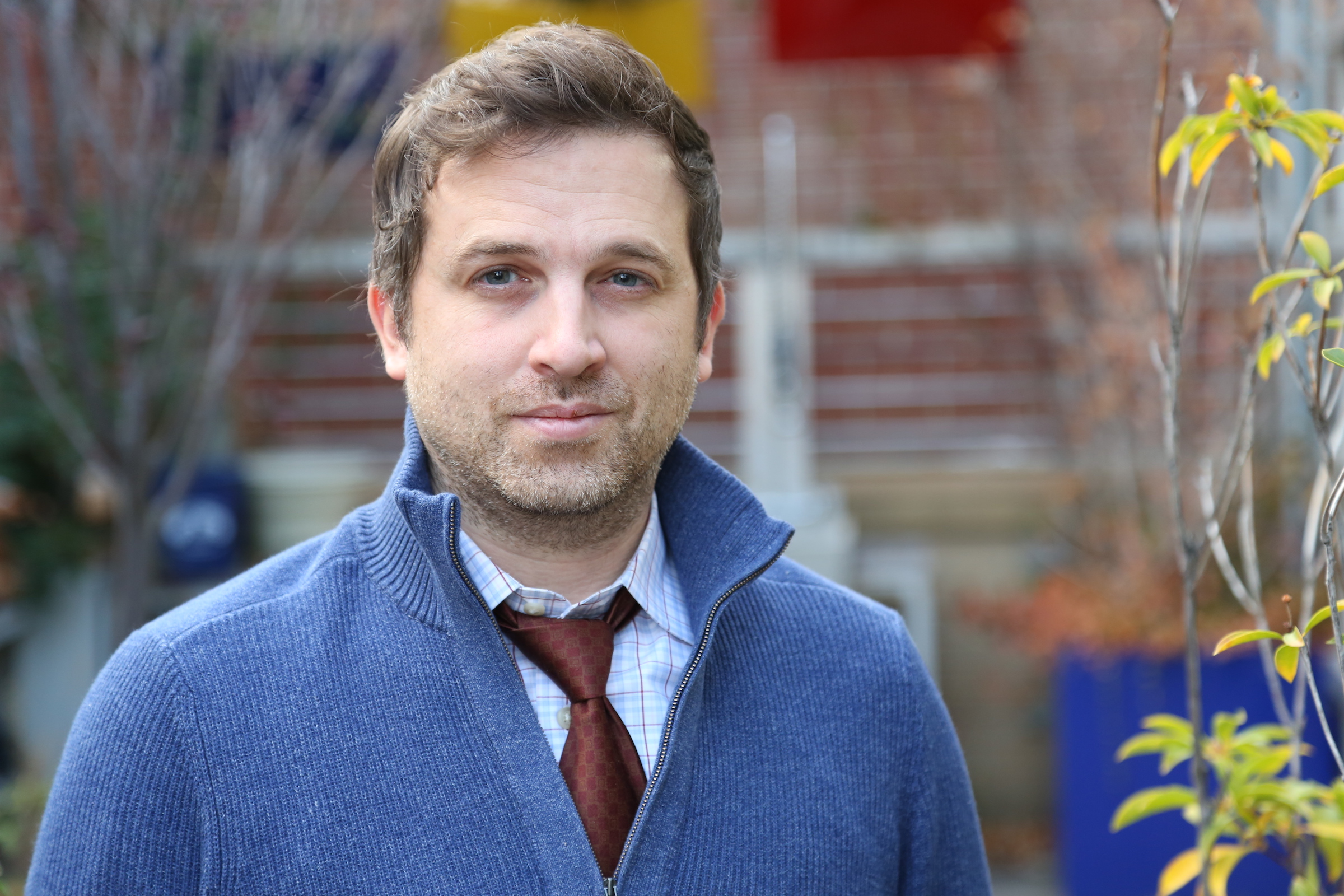You might have heard about the Lycée art department’s recent crop of Scholastic Award winners. Twelve Secondary art students received a total of 26 awards, including two national gold keys for Pier-Paolo Piccoli (Y12) and Neige Giacalone (Y10). Their works will be on display at the Metropolitan Museum of Art through May 27, and both gold key winners will be honored at a ceremony at Carnegie Hall on June 6.
When you look at past Scholastic Award winners—Andy Warhol, Cy Twombly, Mel Bochner, John Baldessari, Robert Indiana, Richard Avedon—it is hard to not feel awe at the depth and magnitude of what it means to join the ranks of such accomplished American artists.
And when you spend time perusing this year’s winning student artworks, it is equally hard not to feel awe at these young creators. Pier-Paolo’s short film, Soaring, for example, which won an American Visions Award, the highest national honor in visual arts, shows real maturity and grace. You can watch Soaring here: https://vimeo.com/335493489
Pier-Paolo began by studying illustration, but quickly found his own way through developing his animation technique and style. For Soaring, he hand-drew all of the images, and he used software on his iPad to format the movie. With a student this passionate and self-directed, our teachers aim mostly just to nurture and provide resources.
“The challenge with young people is that they are trying to find an authentic version of themselves, so you have to be a little careful when you give them a reference or a direction,” says Mr. Tasevoli, Lycée Secondary art teacher. “But what’s unique about teaching is that you get to witness to the growth and development of a person. You have this ability to nudge kids along, and to see them grow. I feel lucky to be able to witness that, and be part of that, in a small way. It’s very gratifying.”
In a sense, this is exactly what the Scholastic Awards are all about. When the judges are evaluating student entries (350,000 total, on the national level), they are looking for artworks that show voice. Consideration is given to technical mastery, and conversancy in art history, too, of course, but for the most part, the judges are looking to honor students who show a real sense of vision.
How do you teach that? Mr. Tasevoli likes to use the example of a tree. If you tell students to draw a tree, you can expect various versions of the broccoli drawing that we all did in elementary school. But actually—the tree can also be an open-ended creative problem, where many solutions are possible. The tree can be bare in winter, or blossoming in spring. The tree can be drawn from multiple perspectives. It can have been chopped down or struck by lightning. Or someone might have carved their initials in it. In this way, a simple creative problem gives way to countless iterations, which push the boundaries of clichéd thinking.
Advanced students have the added freedom of working in different media of their choosing. And if you look at the variety of styles and ideas represented in this year’s group of Scholastic winners, you will surely begin to appreciate what is special about our community. Neige, for example, has also gone through many stages in her commitment to fine arts photography. Winning a national award is an important accomplishment.
“There is a series of accolades you can get in school,” says Mr. Tasevoli. “You get the pat on the back from a teacher. You get a good grade, you get your parents hanging your work at home. Maybe your work gets put on a school wall. Maybe it appears in an end-of-year art show. But these awards are something that’s outside of school—and it’s at the Met! It’s really important for the students. To receive this kind of recognition.”
Congratulations to our twelve winners.
About the Author :
John Tasevoli is a teaching artist with considerable experience in large-scale oil painting and figurative drawing. He received visual arts training at leading art institutions including the Maryland Institute and College of Art, the Art Students League of New York and completed post-graduate studies at the Pratt Institute. John continues to produce and exhibit artwork professionally, maintaining an active painting studio in New York. Previously, he chaired the fine arts department at Manhattan East’s School for the Arts and Academics. He has been a proud member of the Lycée art faculty since 2006.



